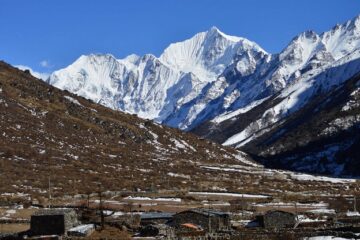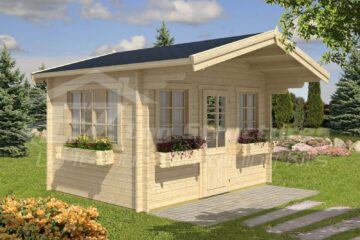The Langtang Valley Trek offers an unforgettable journey through Nepal’s most accessible Himalayan region, combining stunning mountain vistas, rich Tamang culture, and diverse landscapes. Located just north of Kathmandu, this trek provides an authentic mountain experience without the crowds of more popular routes.
Why Choose Langtang Valley Trek?
The Langtang region, often called “The Valley of Glaciers,” presents a unique combination of natural beauty and cultural heritage. Unlike the more crowded Everest and Annapurna regions, Langtang offers a more intimate trekking experience while still delivering breathtaking Himalayan scenery.
Best Time to Trek
The optimal seasons for the Langtang Valley Trek are:
Spring (March to May): Experience rhododendron blooms and clear mountain views
Autumn (September to November): Enjoy stable weather and crystal-clear skies
These periods offer the most favorable conditions for trekking, with moderate temperatures and minimal precipitation.
Trek Overview
Duration: 712 days
Maximum Altitude: 4,773m (Kyanjin Ri)
Difficulty Level: Moderate
Starting Point: Syabrubesi
Ending Point: Syabrubesi
Permits Required: TIMS Card and Langtang National Park Entry Permit
Detailed Itinerary
Day 1: Kathmandu to Syabrubesi
Begin your journey with a scenic 78-hour drive from Kathmandu to Syabrubesi, the gateway to Langtang Valley. The drive offers stunning views of terraced hillsides and distant mountains.
Days 24: Ascending the Valley
Trek through dense forests, crossing suspension bridges and traditional villages. The trail gradually ascends, passing through Lama Hotel and Langtang Village, offering increasingly spectacular mountain views.
Days 56: Kyanjin Gompa and Exploration
Reach Kyanjin Gompa (3,830m), the cultural and spiritual hub of the region. Take an acclimatization day to explore local cheese factories, visit the ancient monastery, or climb Kyanjin Ri for panoramic views.
Days 78: Descent and Return
Begin your descent back through the valley, experiencing different perspectives of the landscape you passed on the way up.
Essential Preparation
Physical Fitness
While technically not demanding, the trek requires good physical condition. Regular cardiovascular exercise and hiking practice are recommended in the months leading up to your trek.
Packing Essentials
- Four-season sleeping bag
- Waterproof trekking boots
- Layered clothing
- First aid supplies
- Water purification system
- Trekking poles
- Camera equipment
Accommodation
Tea houses along the route provide basic but comfortable accommodation. While facilities are simpler than in more developed trekking regions, they offer clean rooms and authentic local hospitality.
Cultural Considerations
The Langtang region is home to the Tamang people, whose Buddhist culture and traditions have remained largely unchanged for centuries. Respect local customs by:
- Asking permission before photographing people
- Dressing modestly
- Learning basic Nepali greetings
- Following local temple etiquette
Environmental Impact
Practice responsible tourism by:
- Using reusable water bottles
- Properly disposing of waste
- Staying on marked trails
- Supporting local businesses
- Using biodegradable products
Safety Considerations
- Altitude Sickness Prevention
- Ascend slowly and steadily
- Stay properly hydrated
- Listen to your body
- Consider carrying altitude sickness medication
- Don’t hesitate to descend if symptoms occur
Communication
While mobile coverage is limited, many tea houses offer WiFi services. Consider renting a satellite phone for emergencies.
Cost Considerations
Budget approximately $2535 per day for:
- Accommodation ($510 per night)
- Meals ($1520 per day)
- Additional fees for hot showers and device charging
- Porter or guide services (optional but recommended)
Final Tips
- Register your trek with local authorities.
- Purchase comprehensive travel insurance.
- Carry extra cash as ATMs are not available
- Download offline maps
- Keep emergency contact numbers handy
The Langtang Valley Trek offers an authentic Himalayan experience that combines natural beauty, cultural immersion, and physical challenge. With proper preparation and respect for local customs, this trek provides an unforgettable journey through one of Nepal’s most stunning regions.




